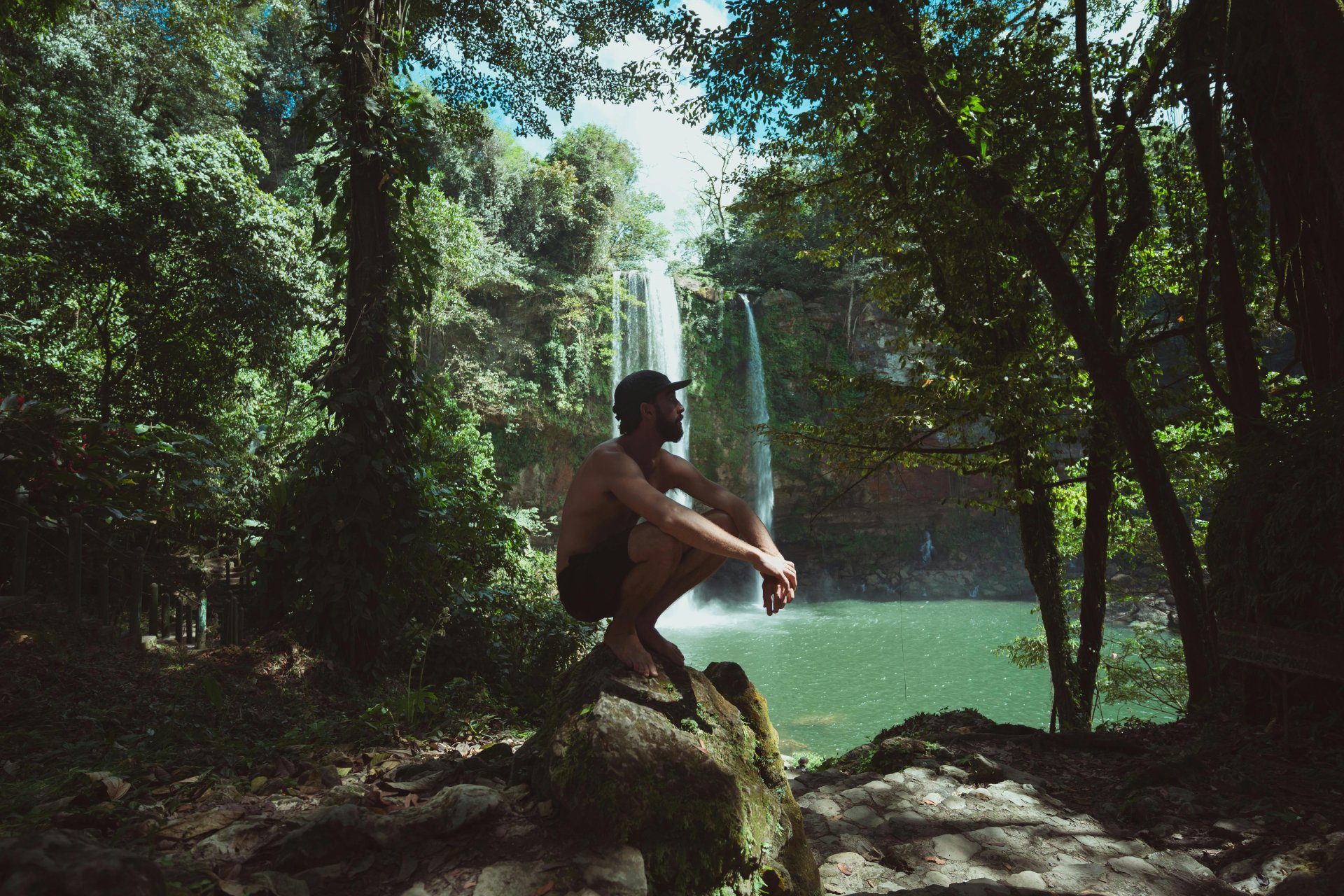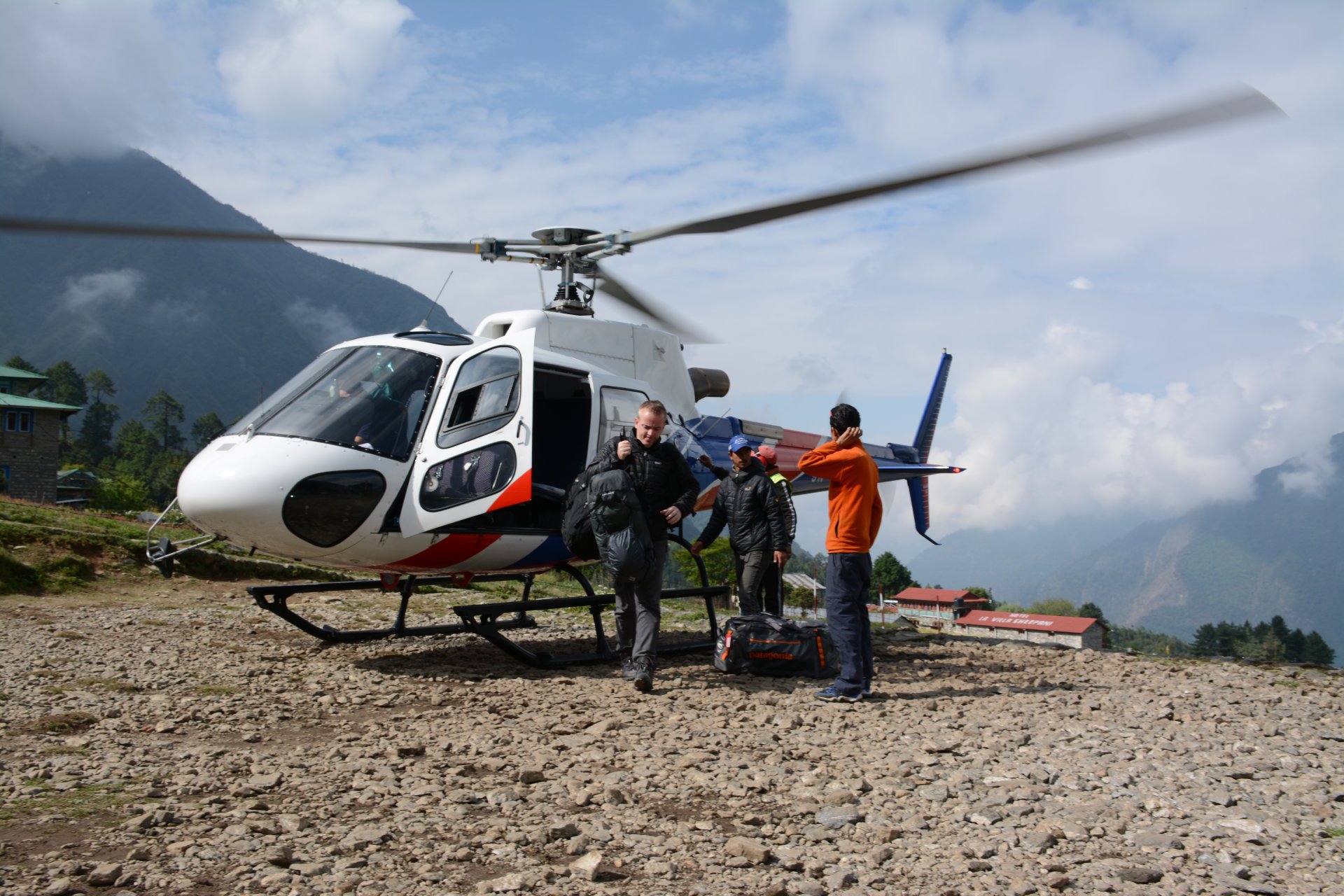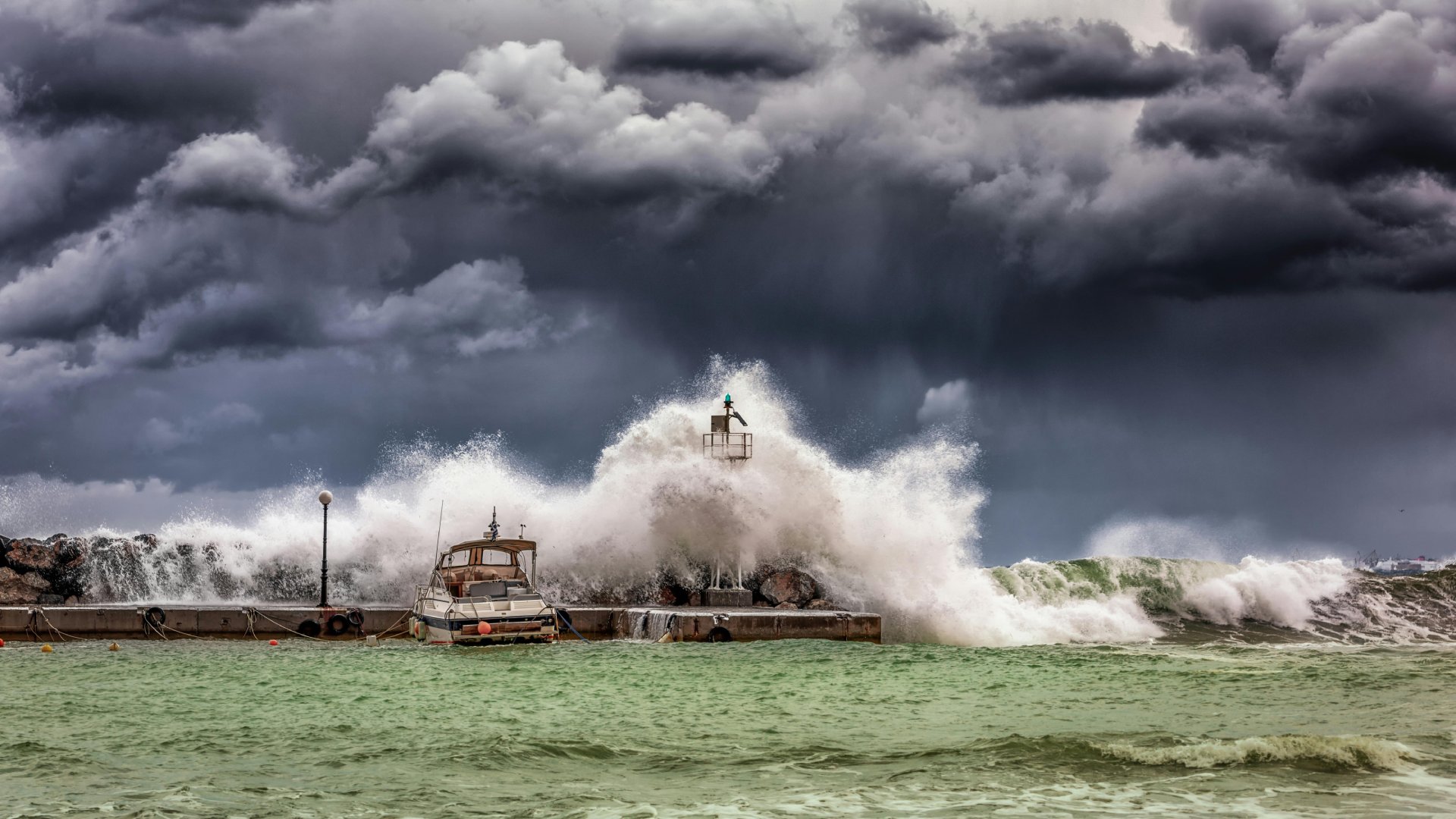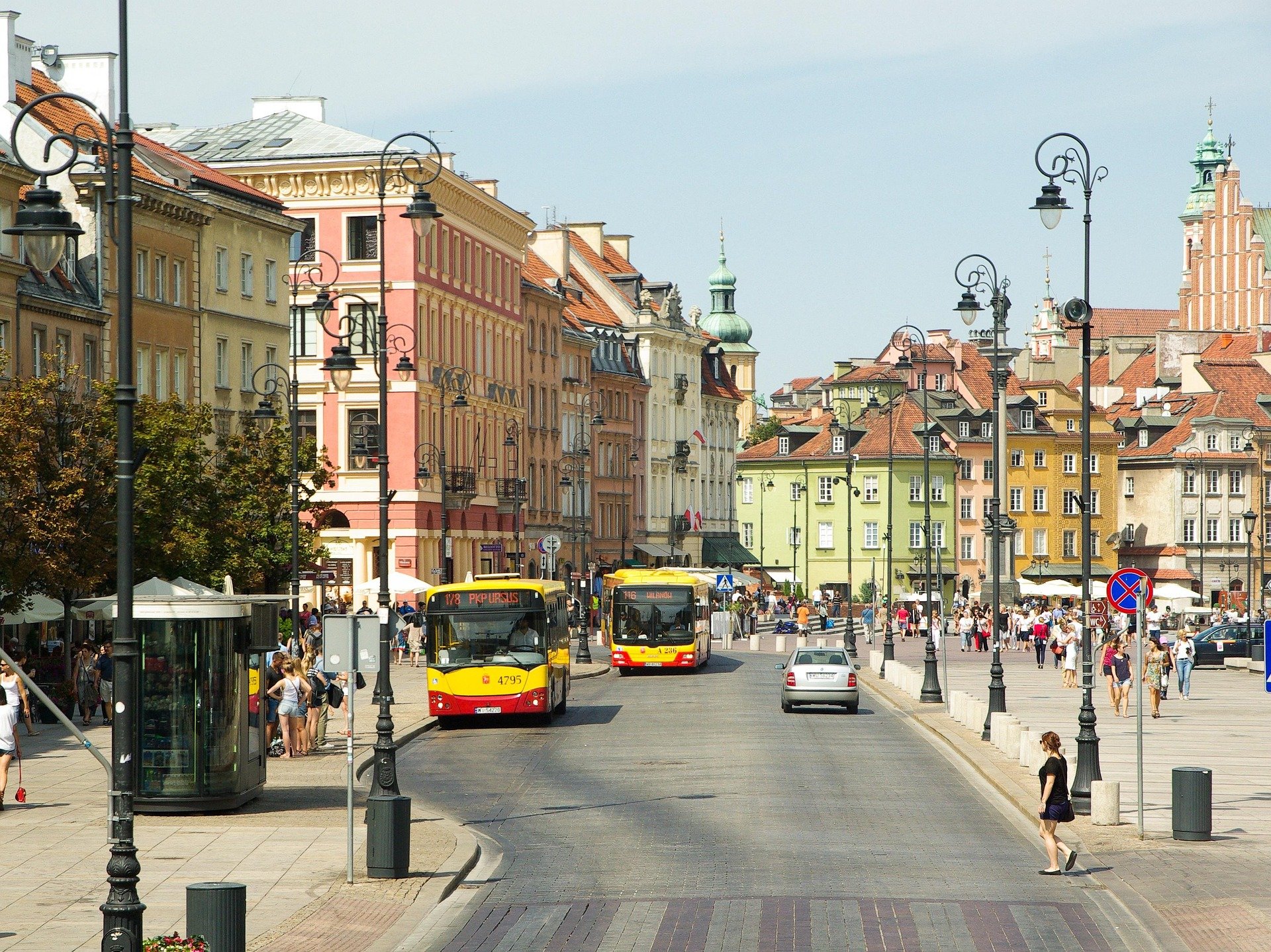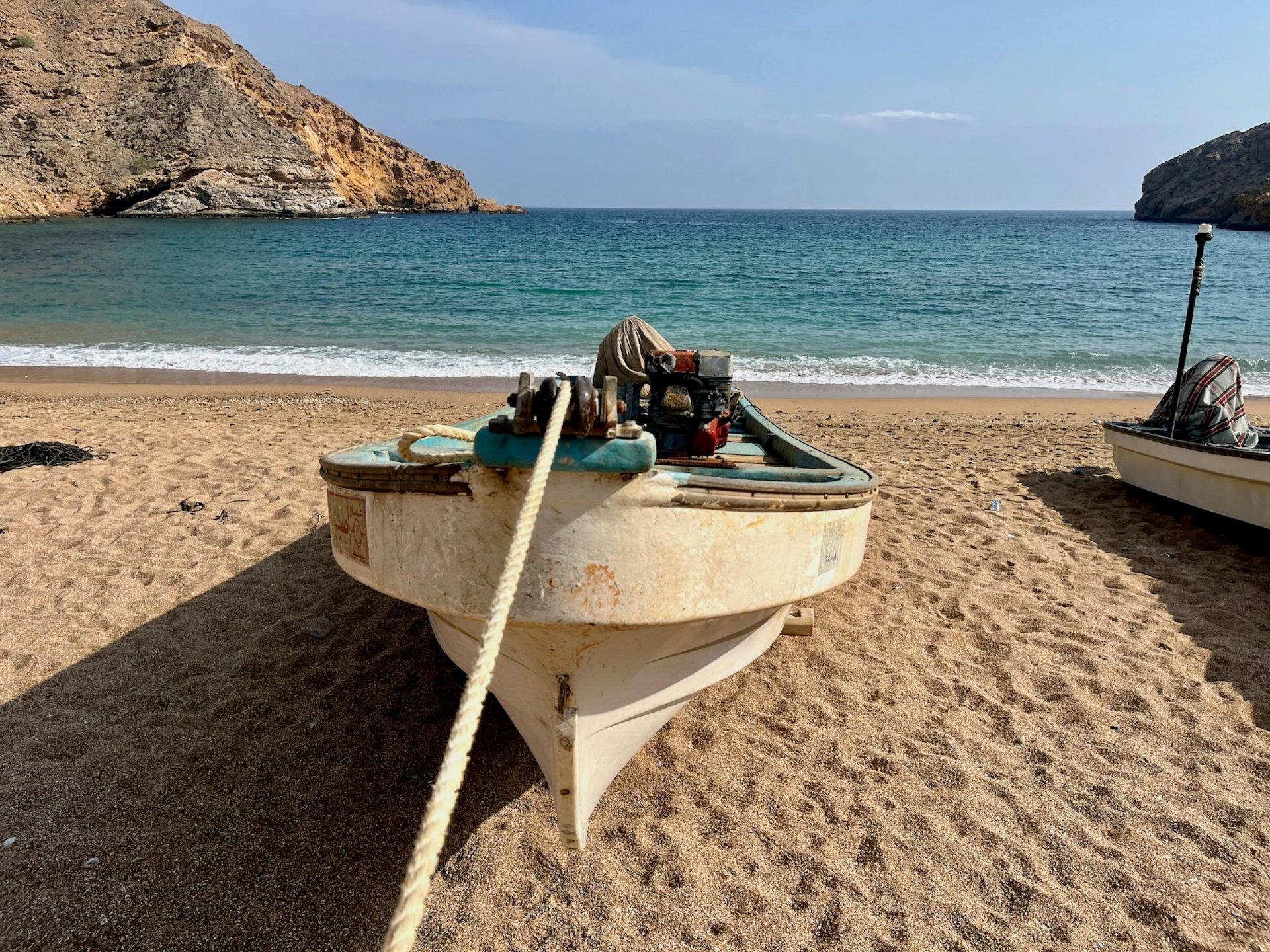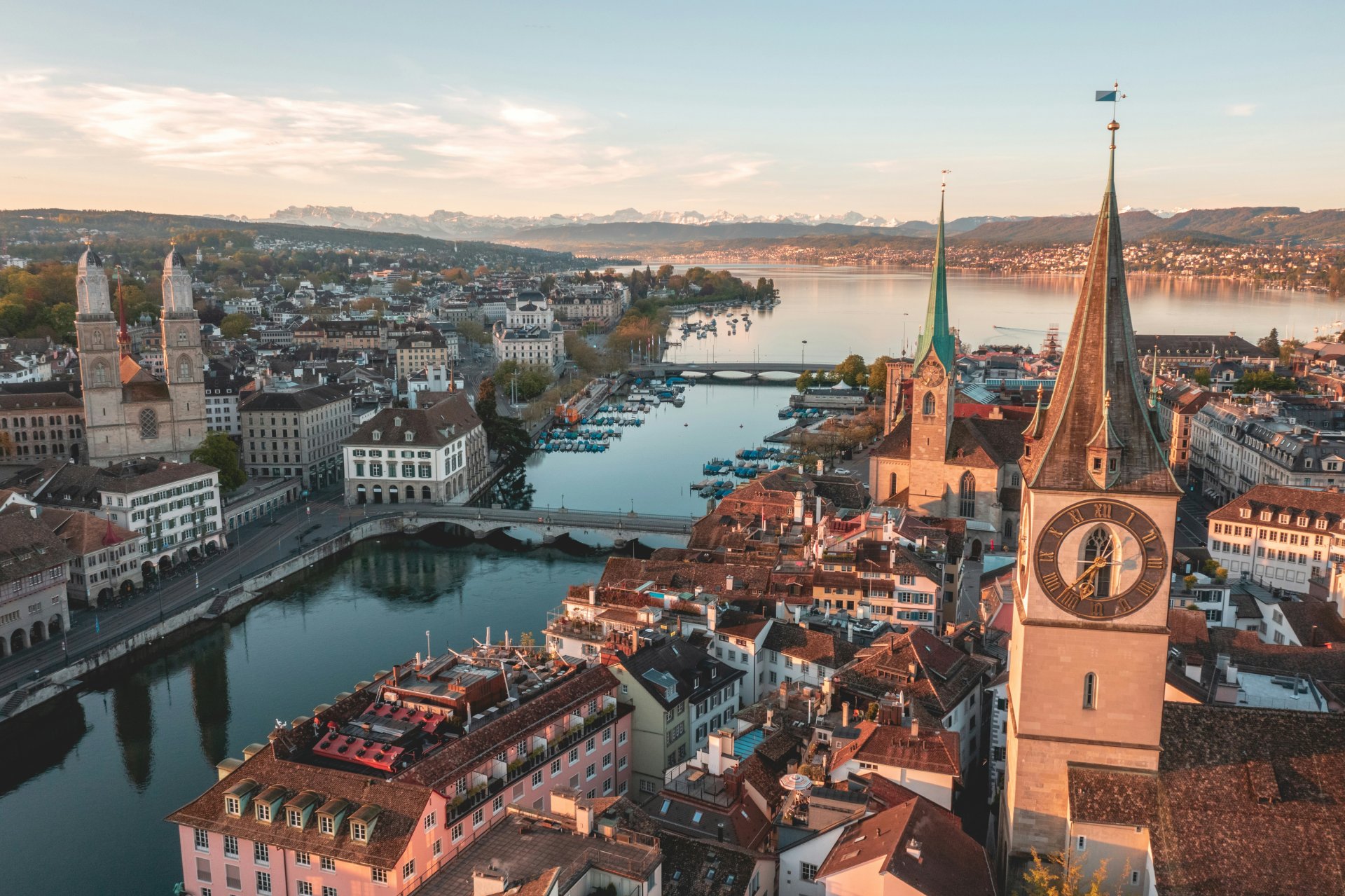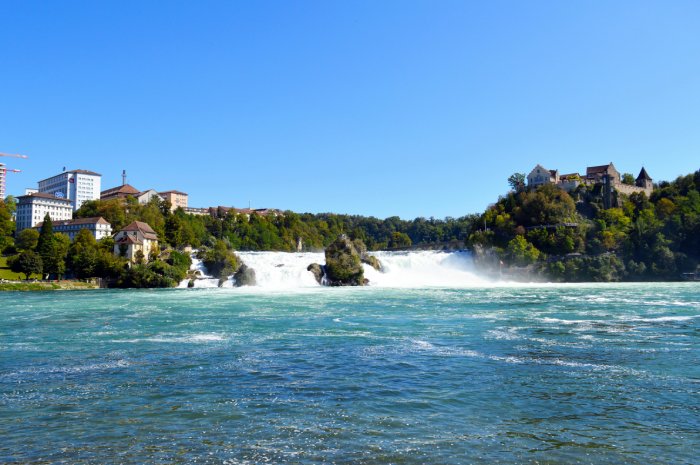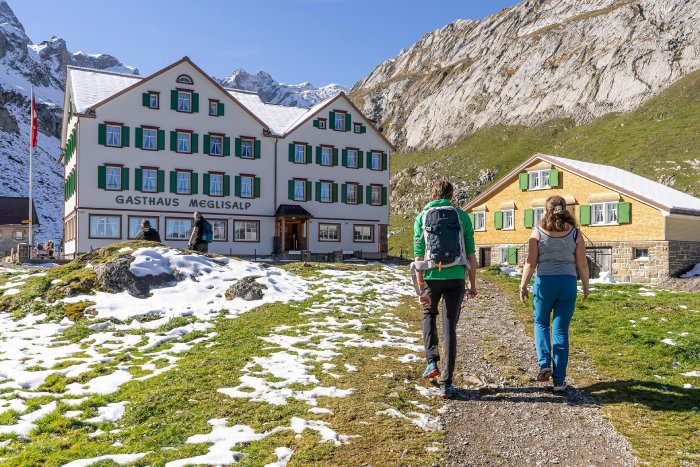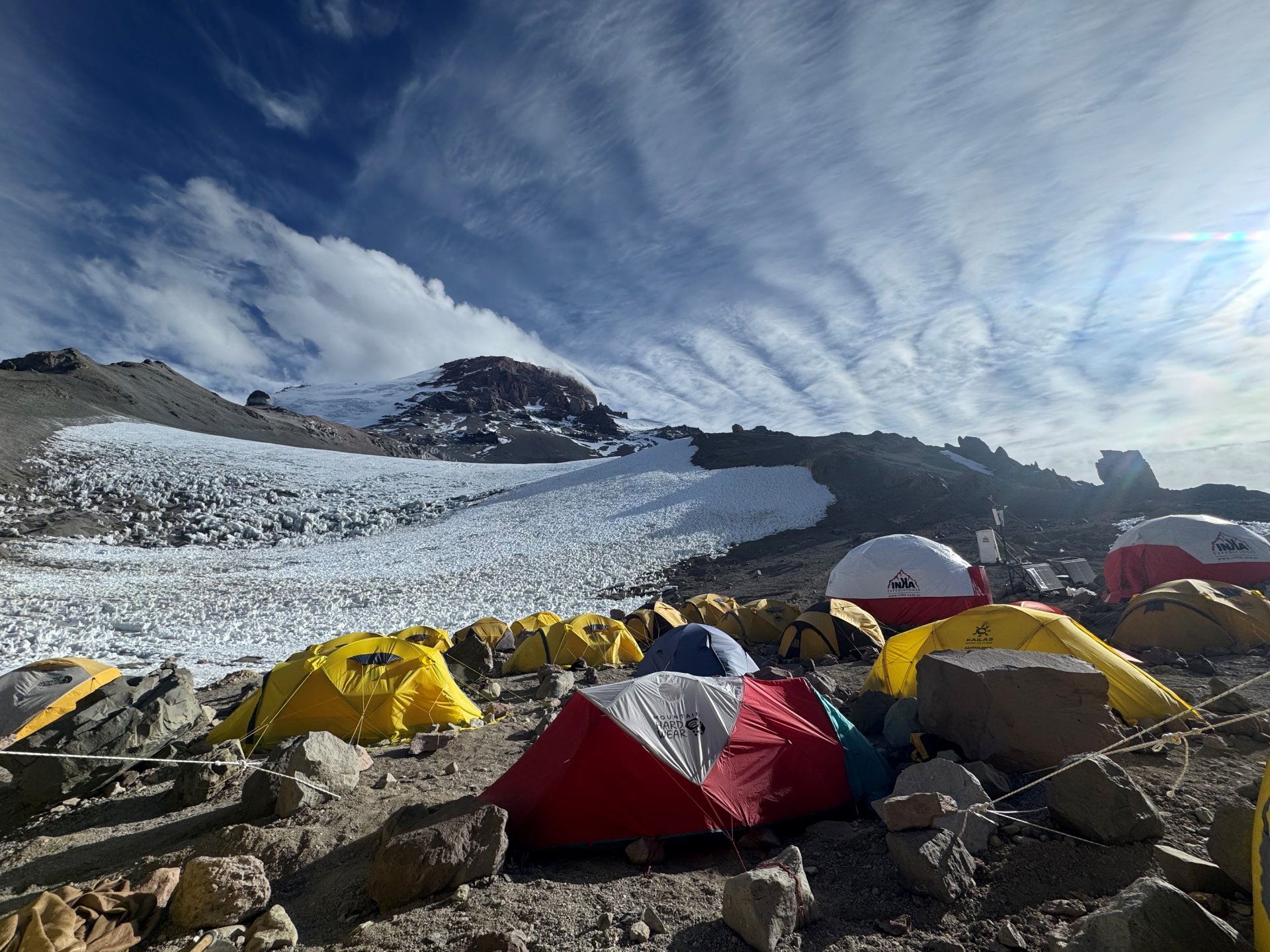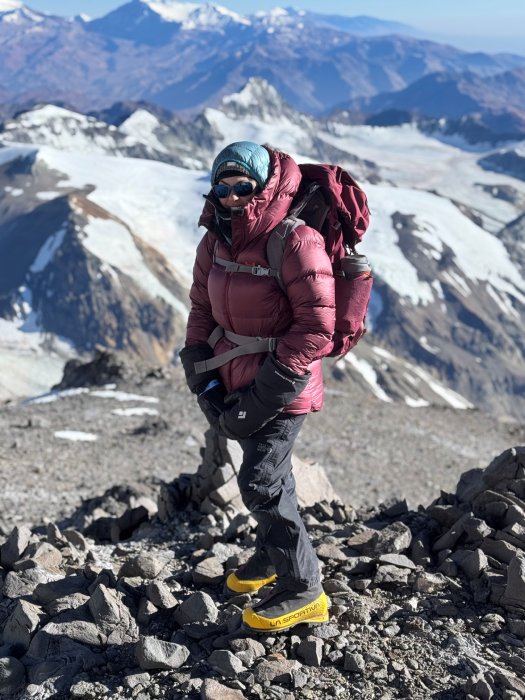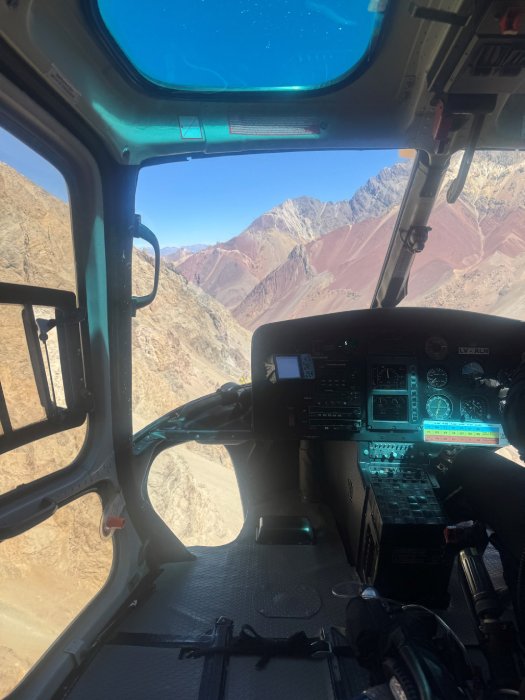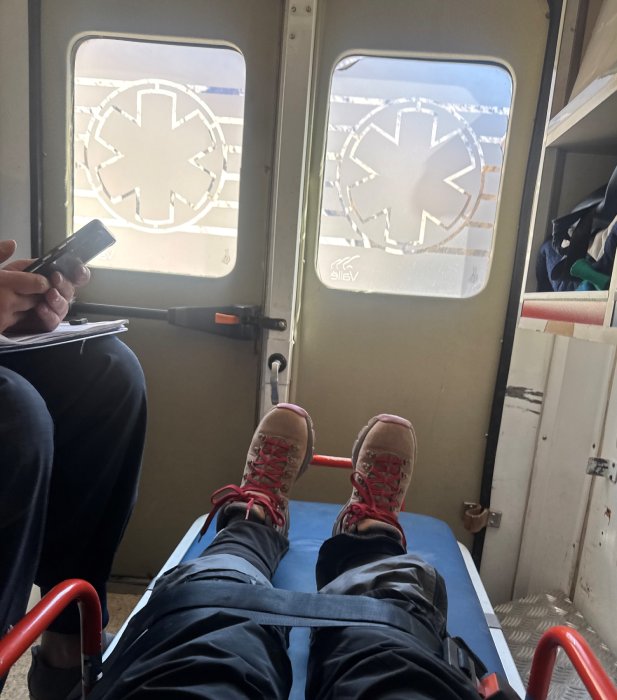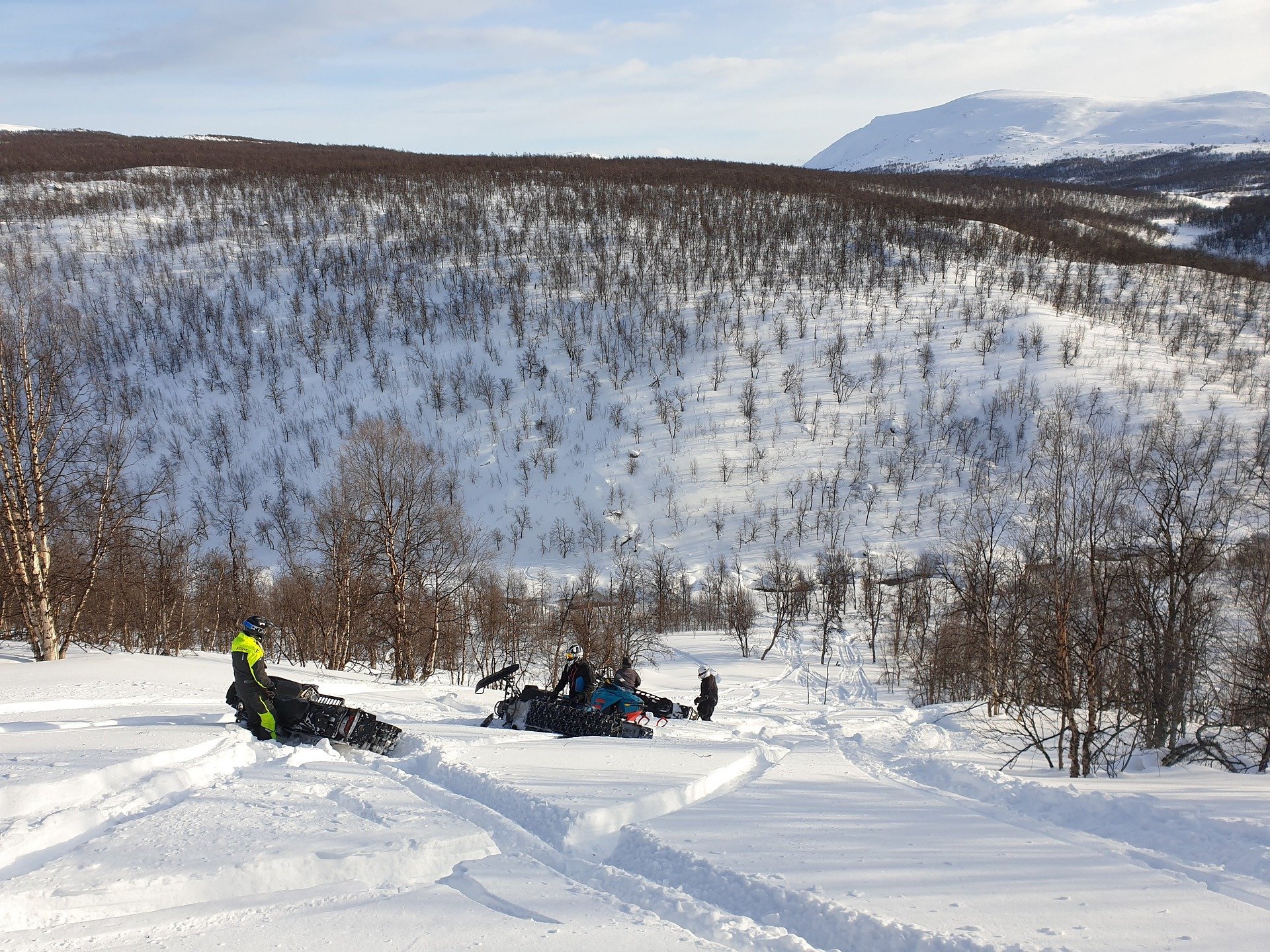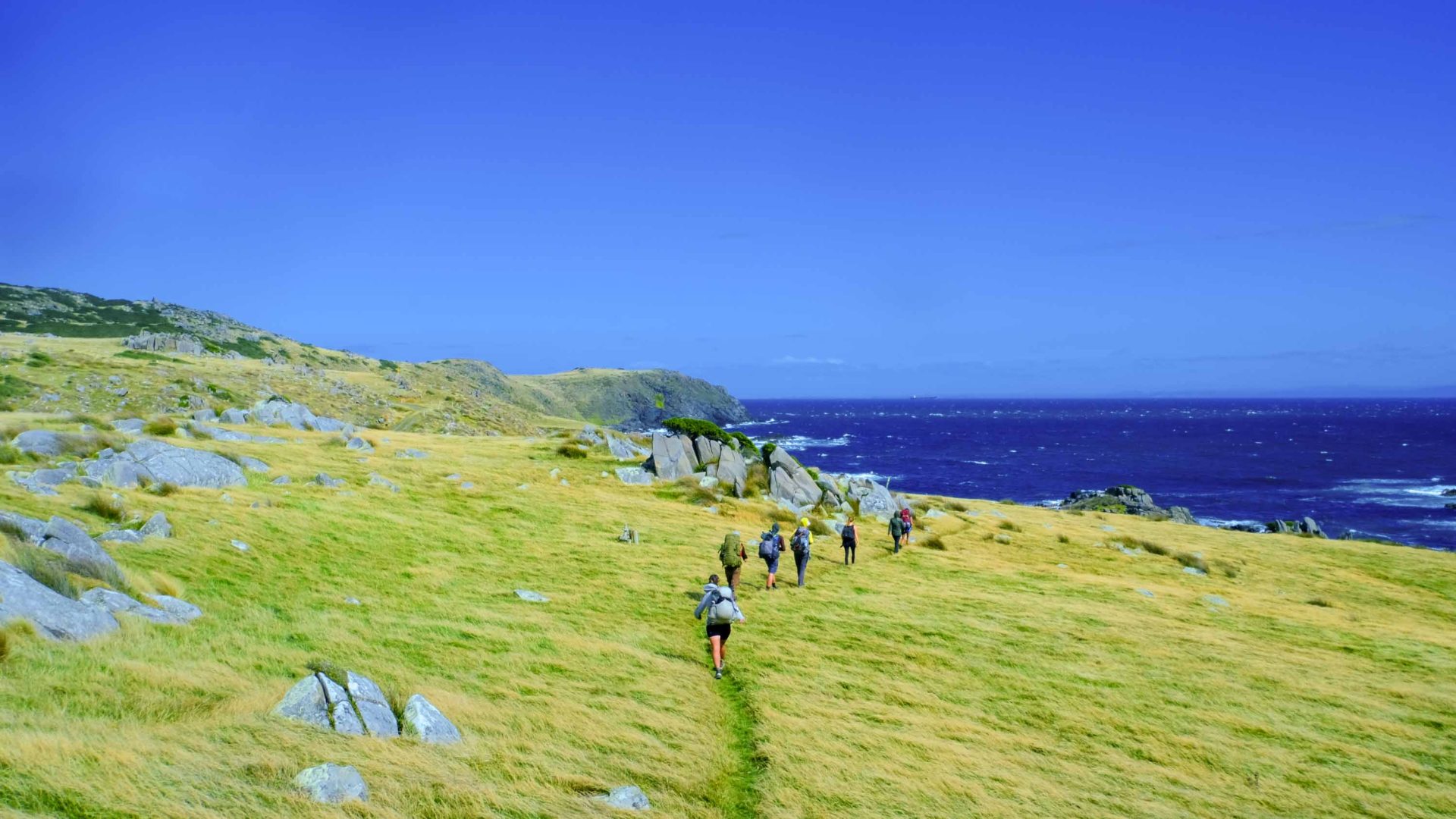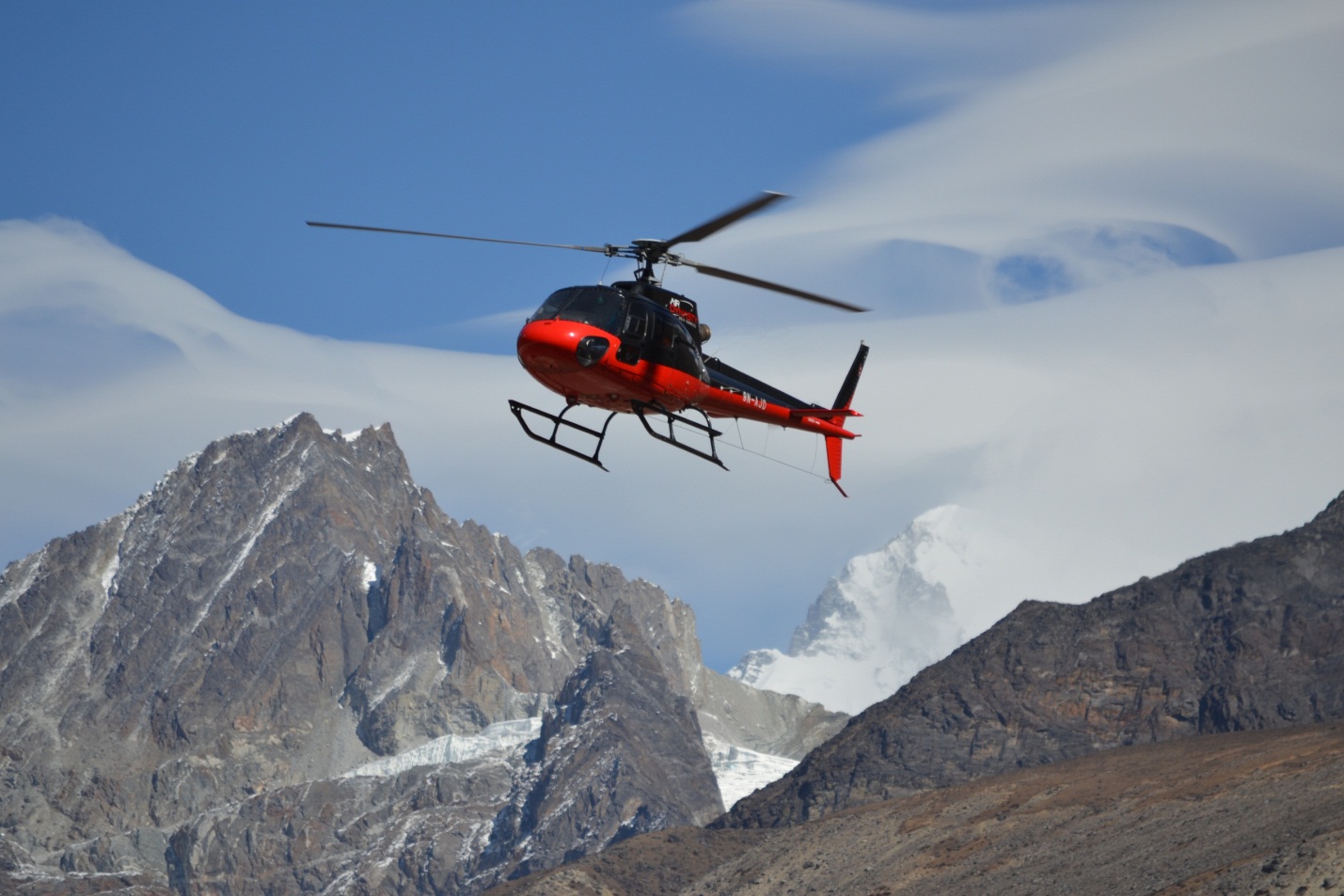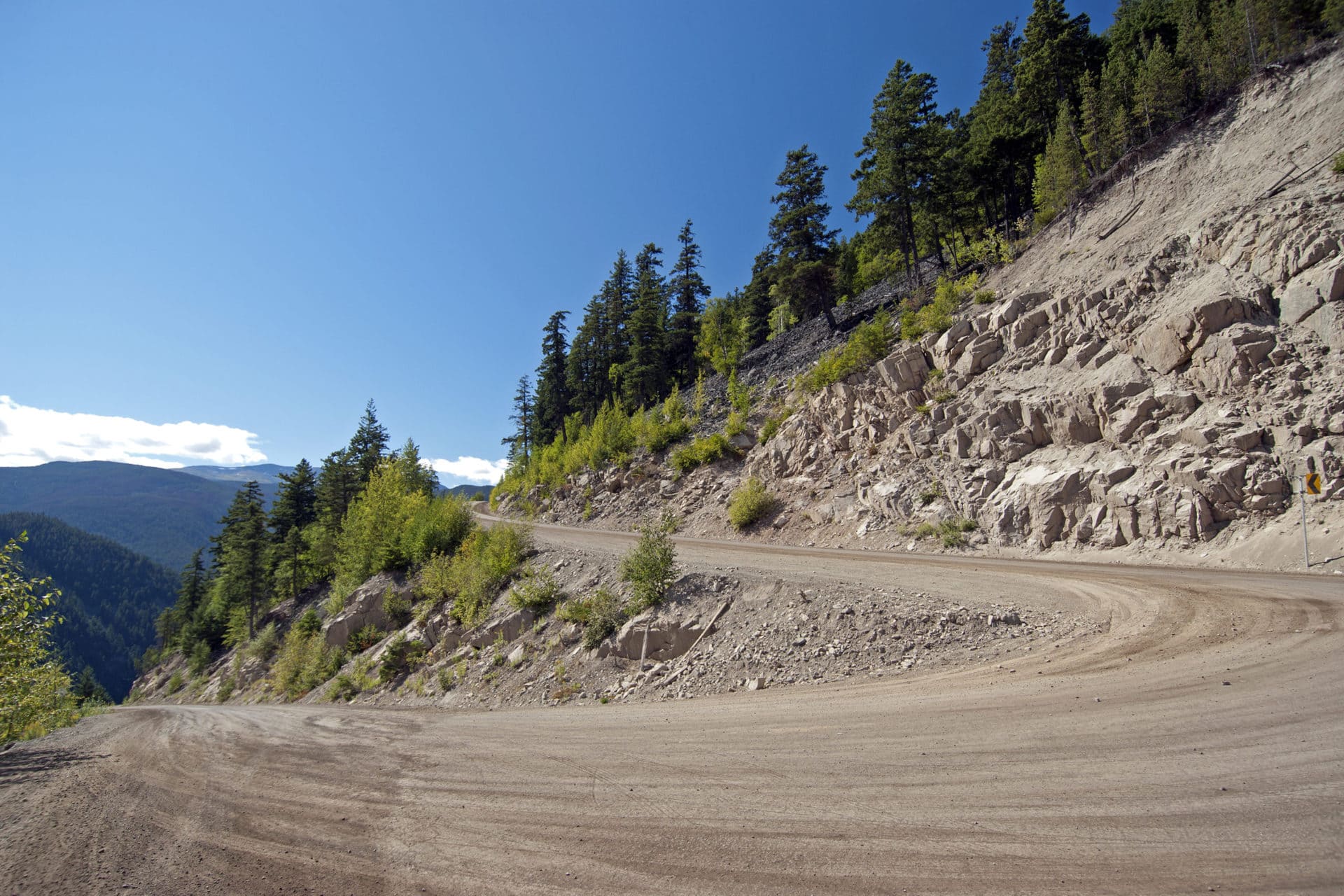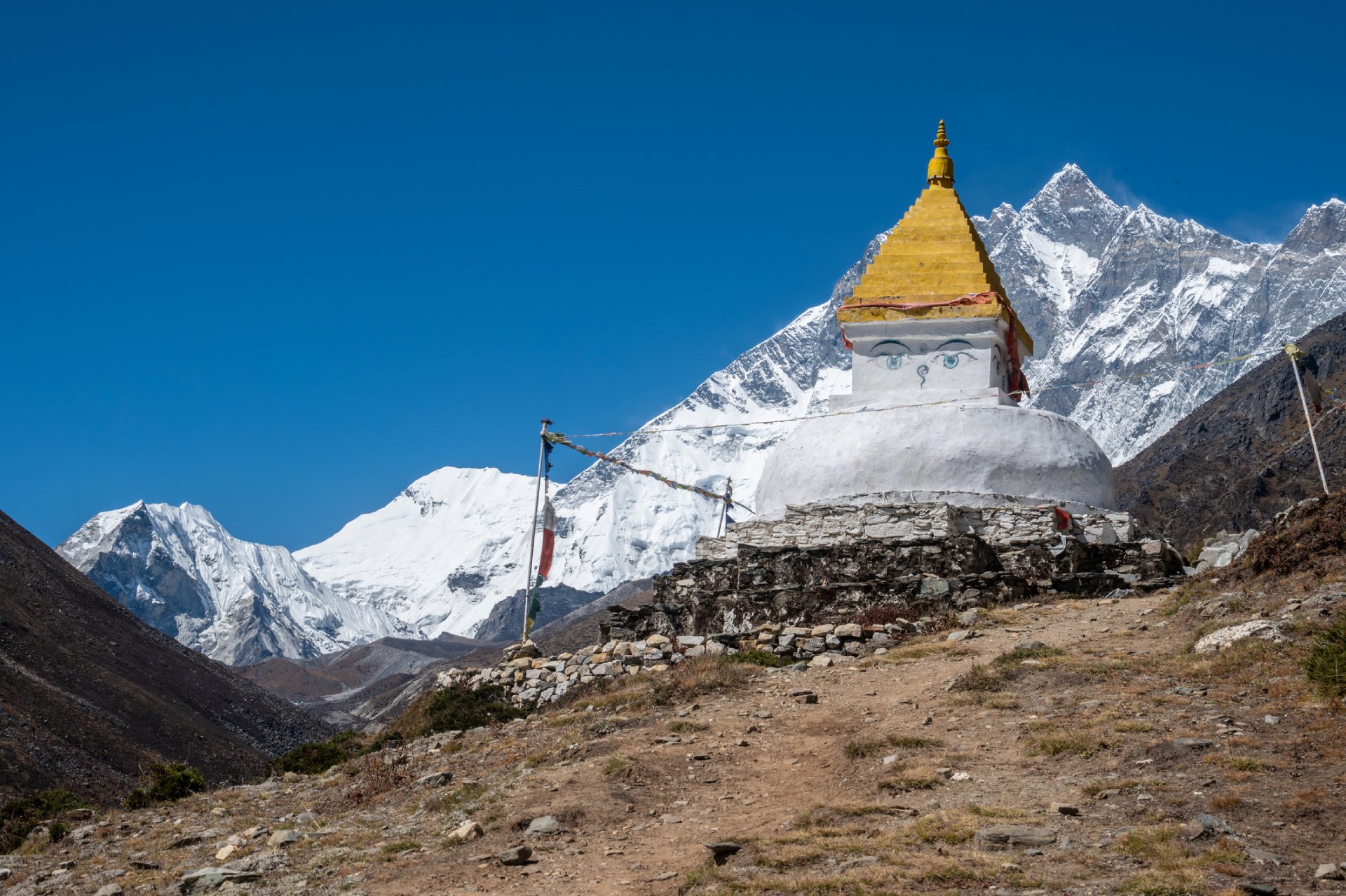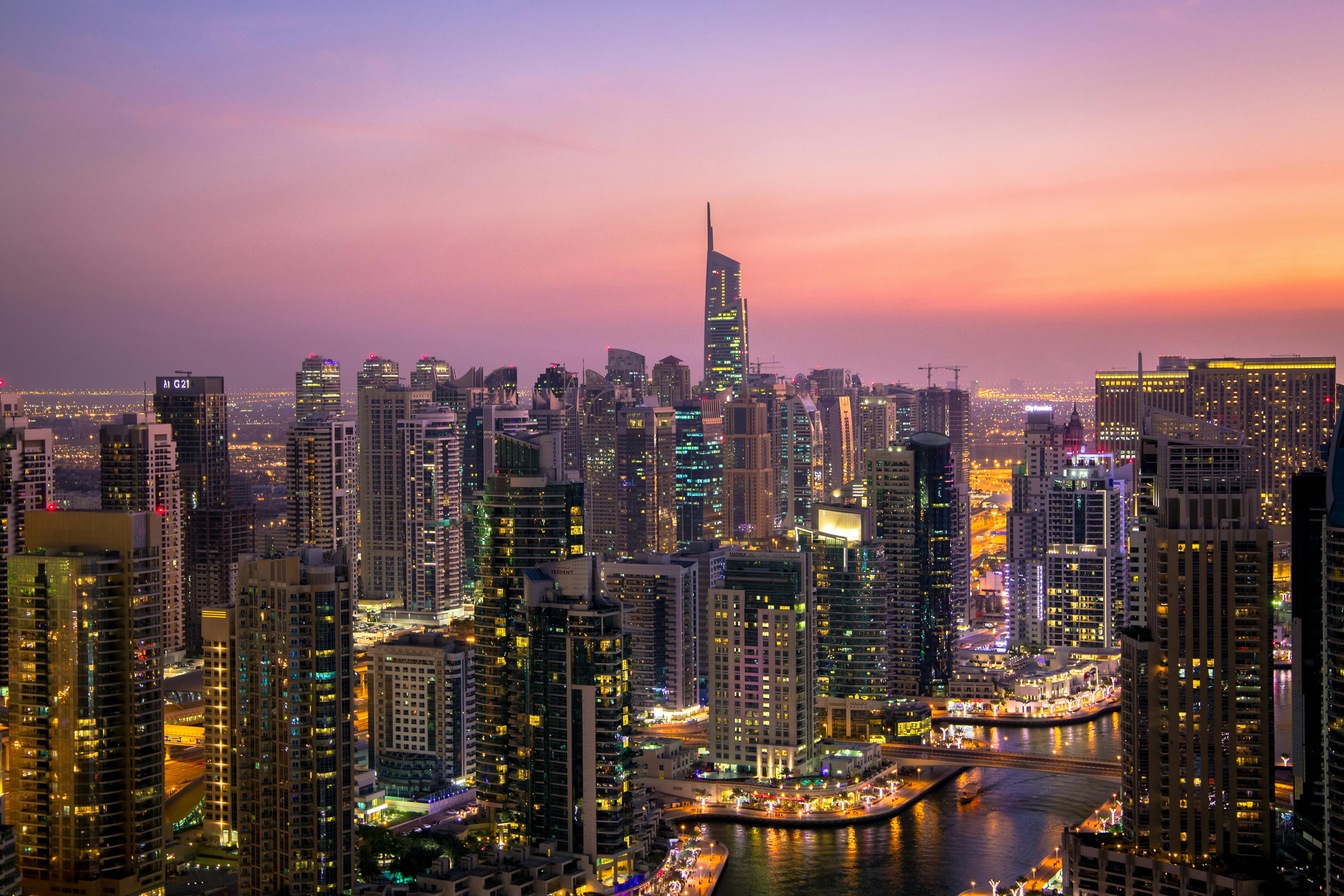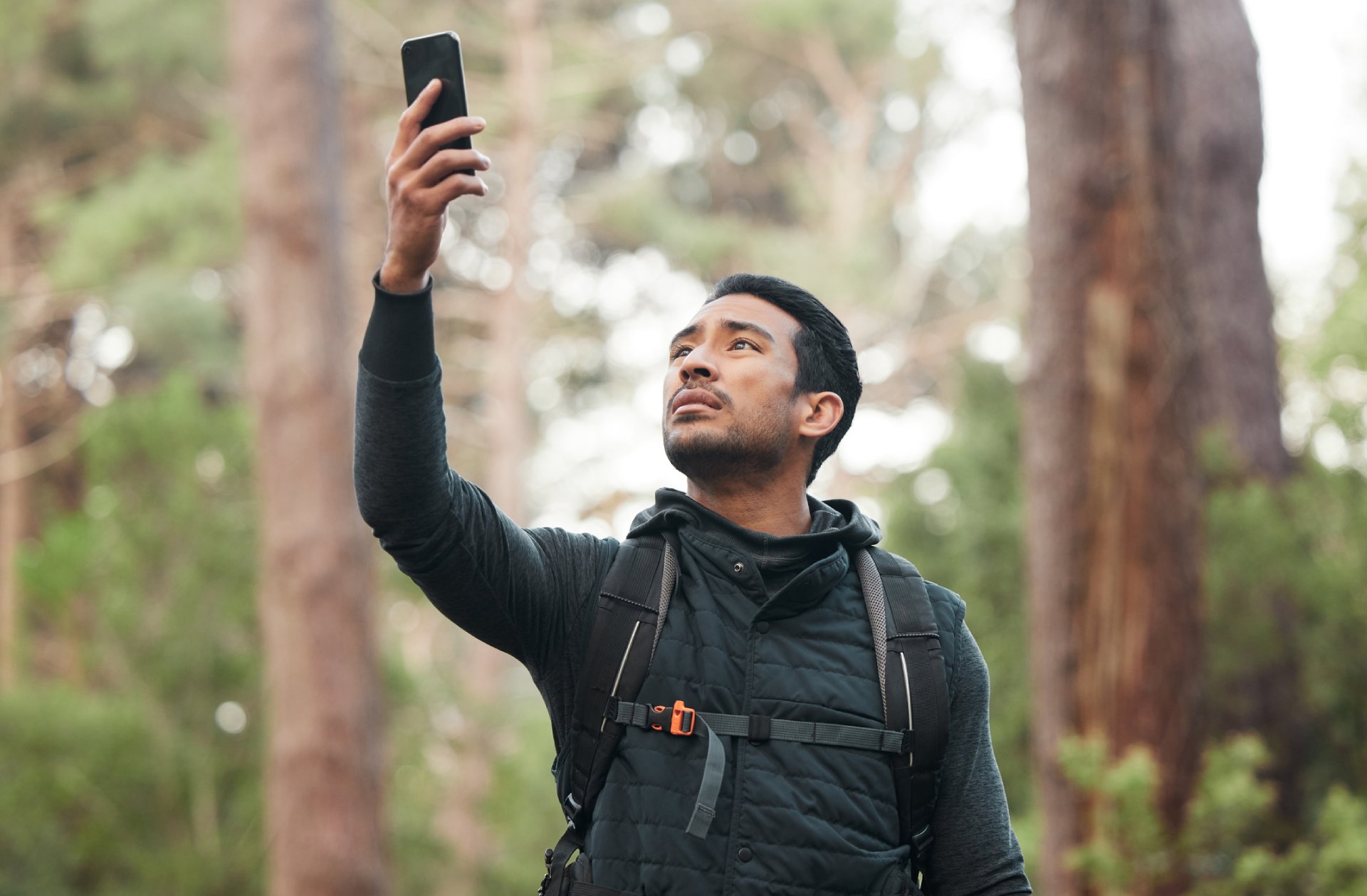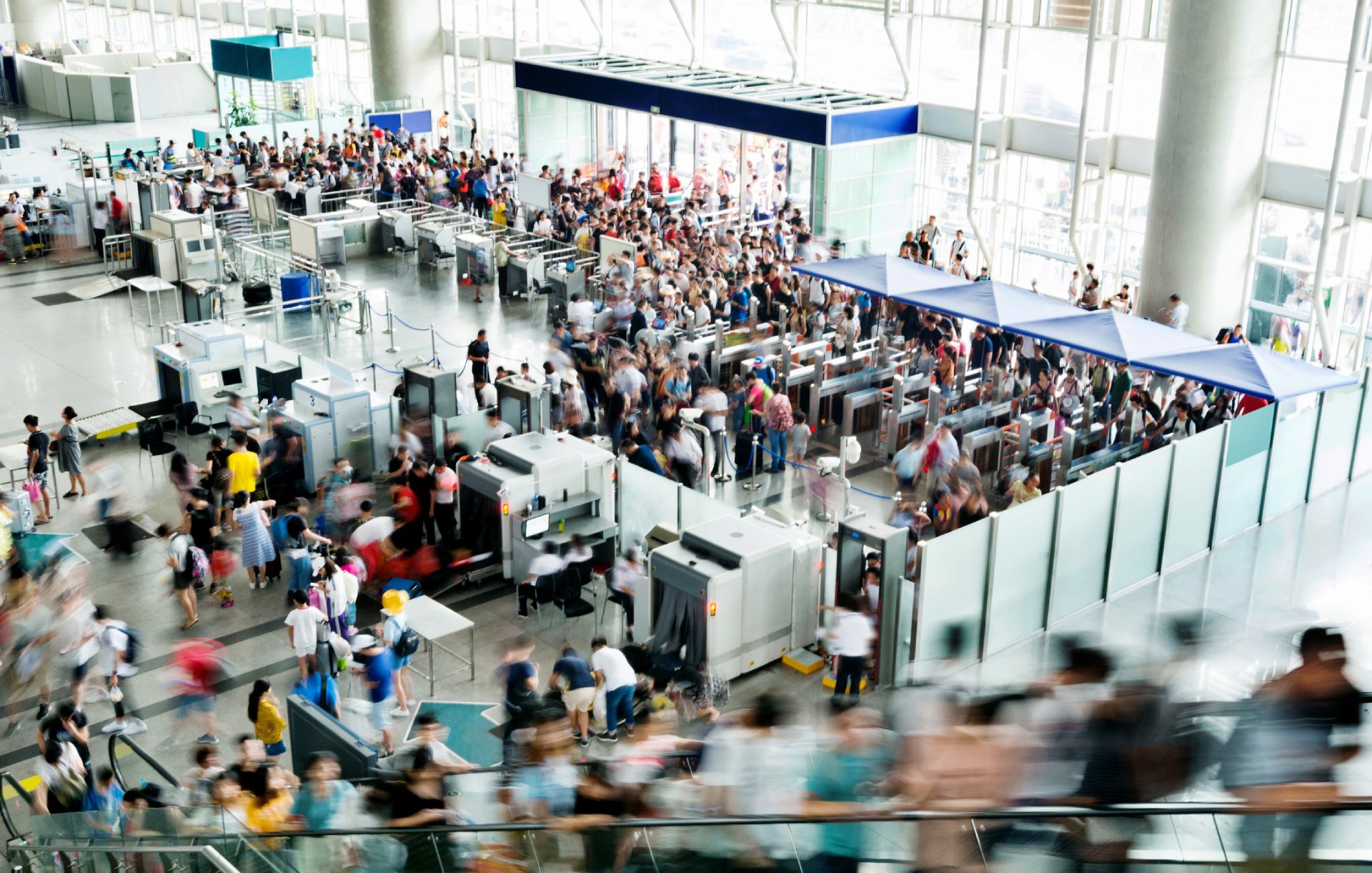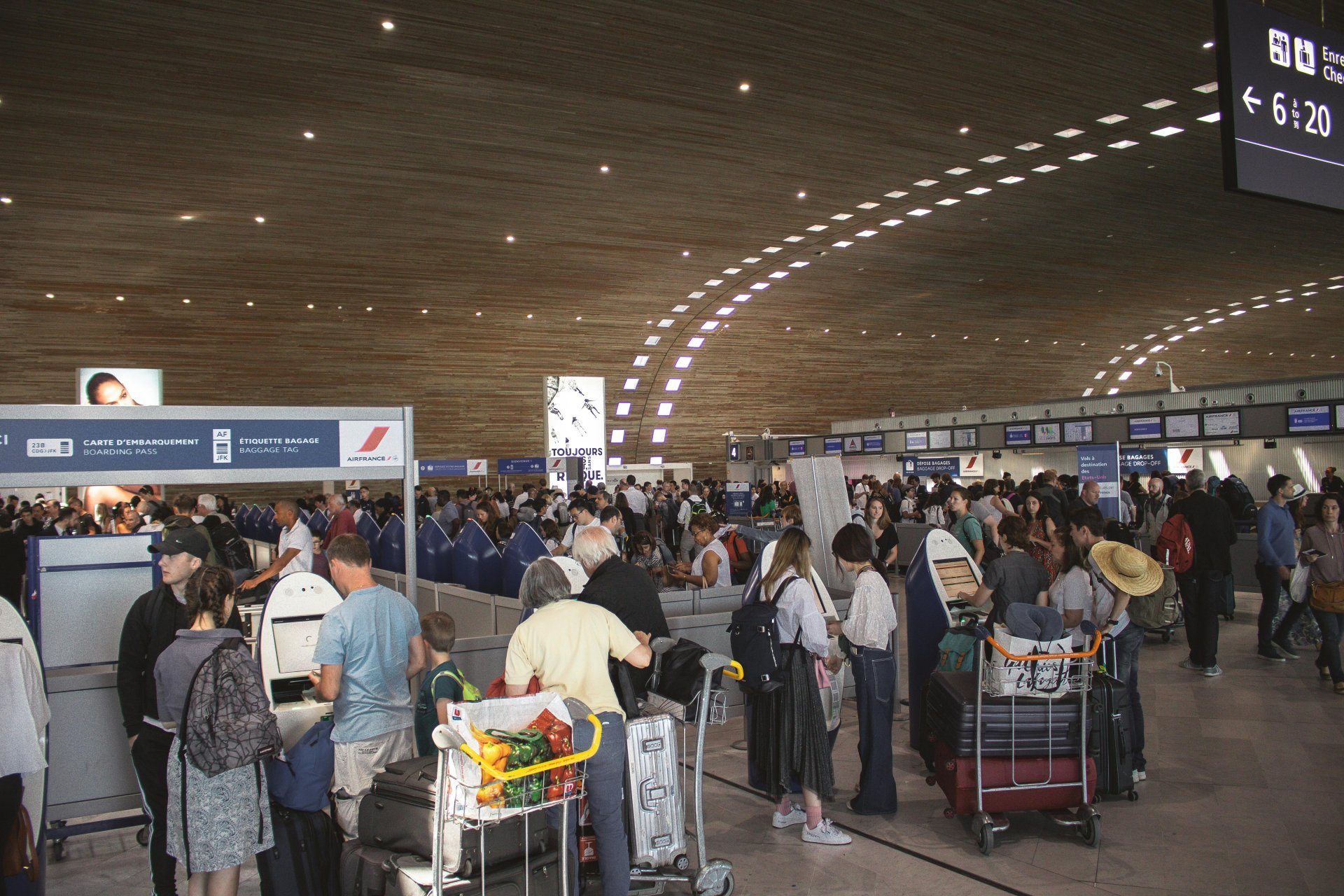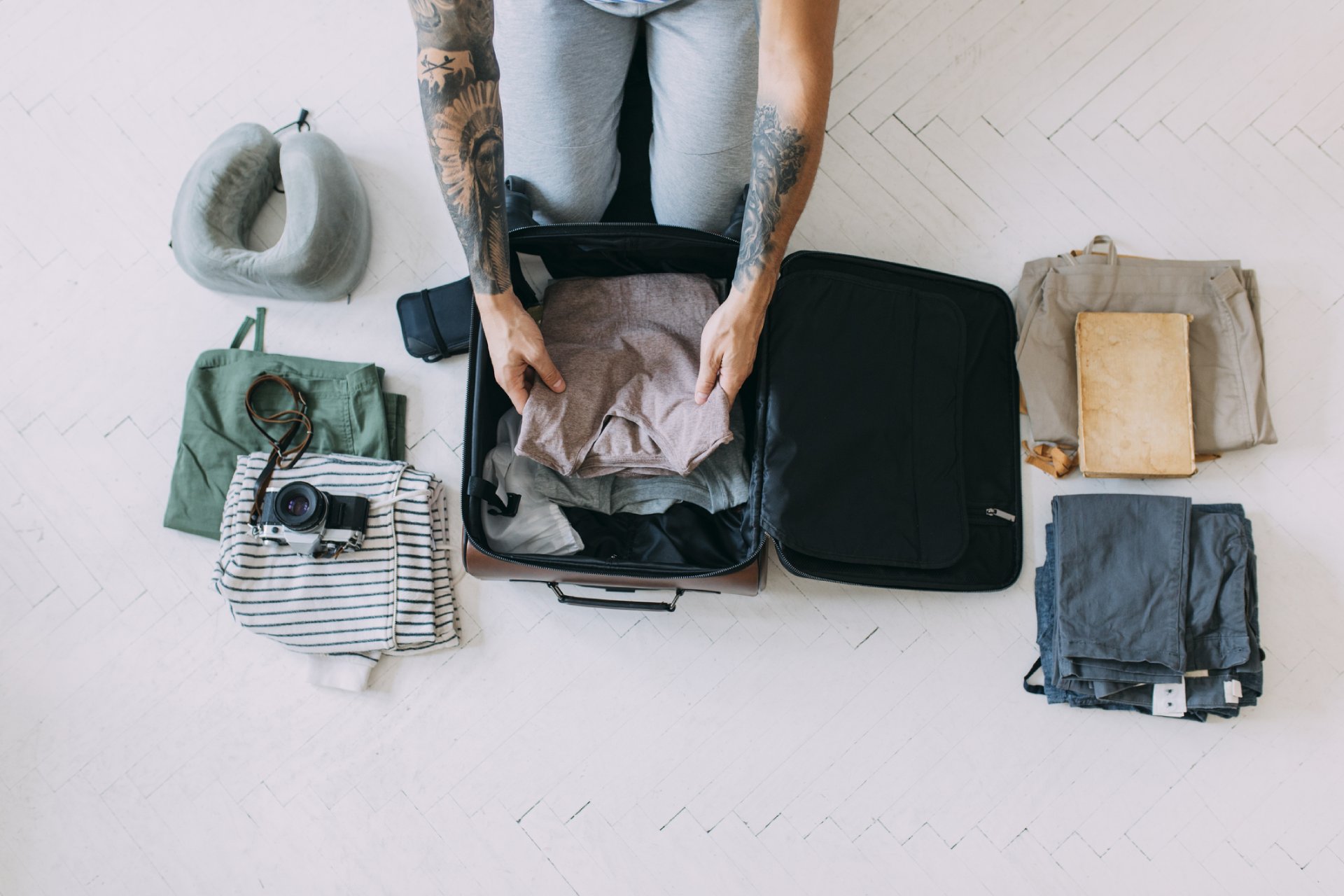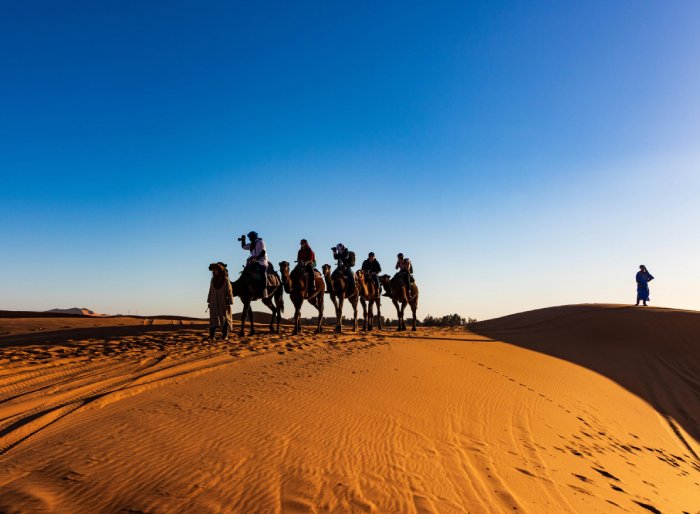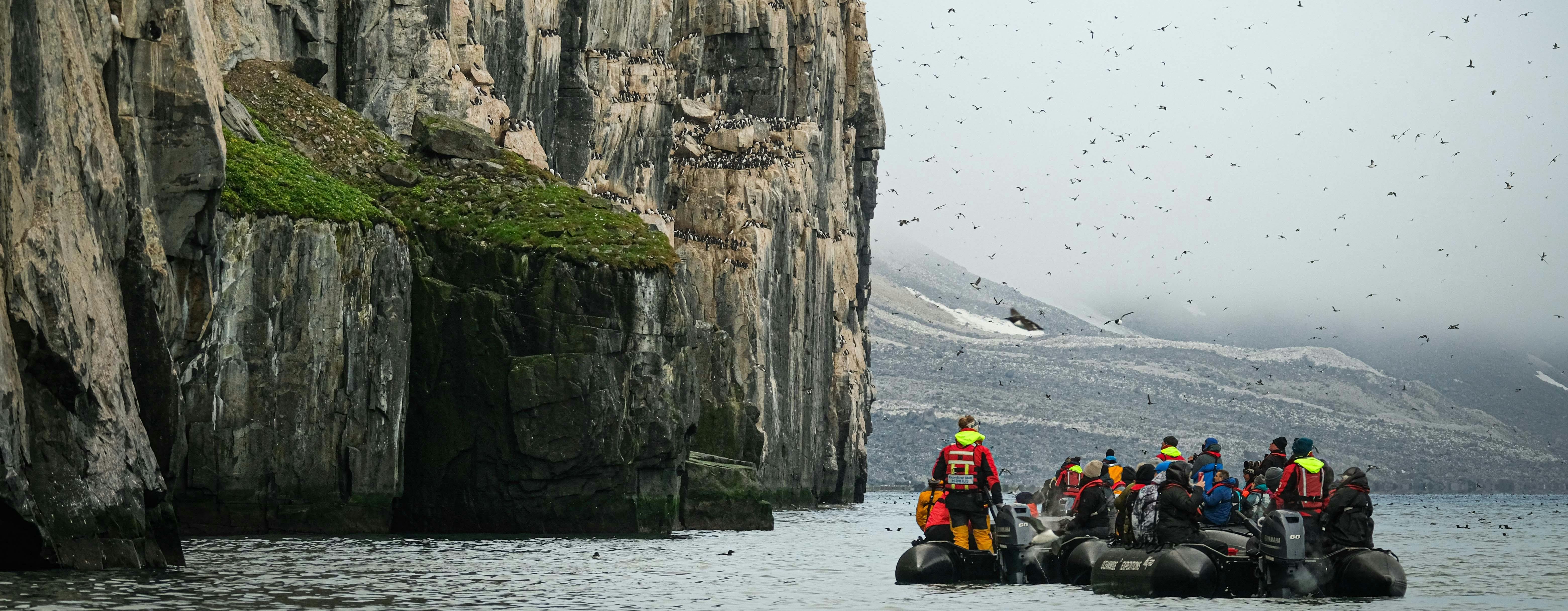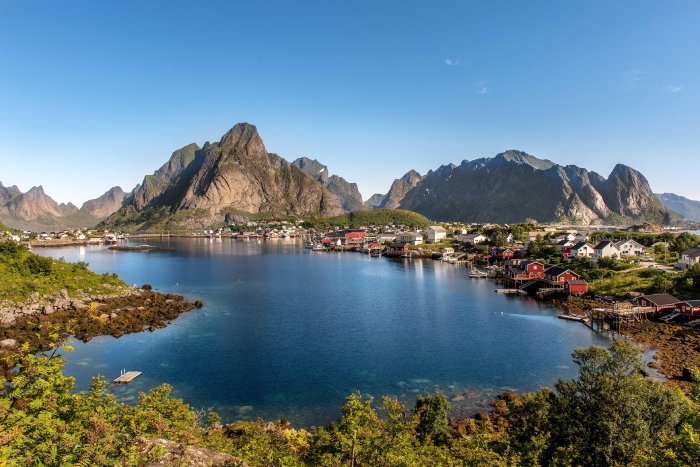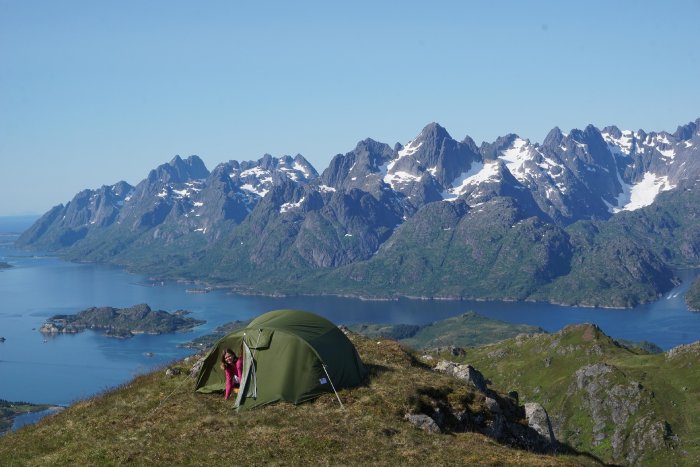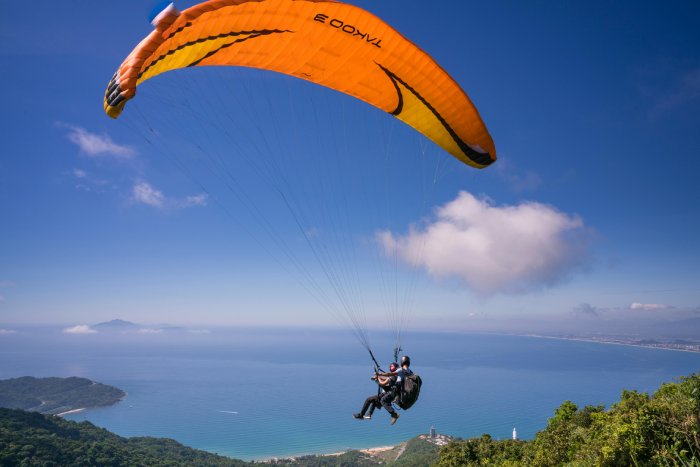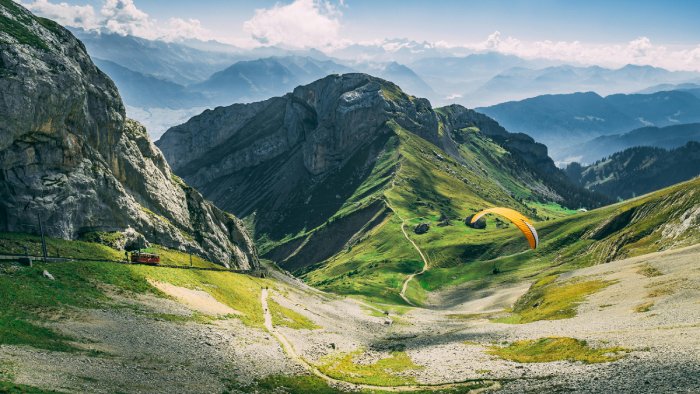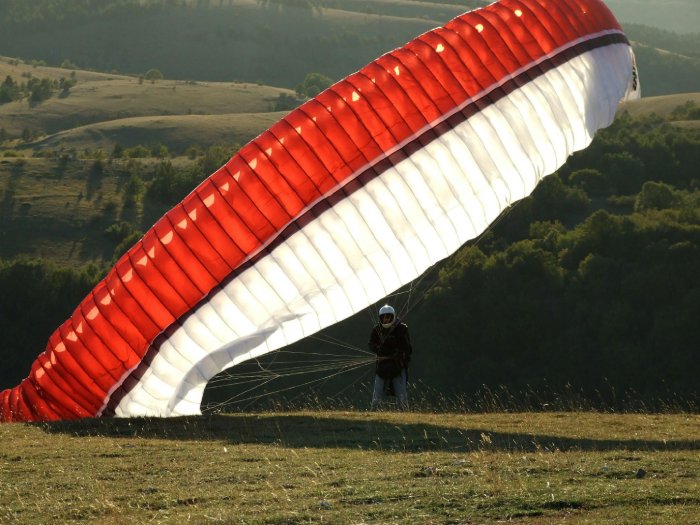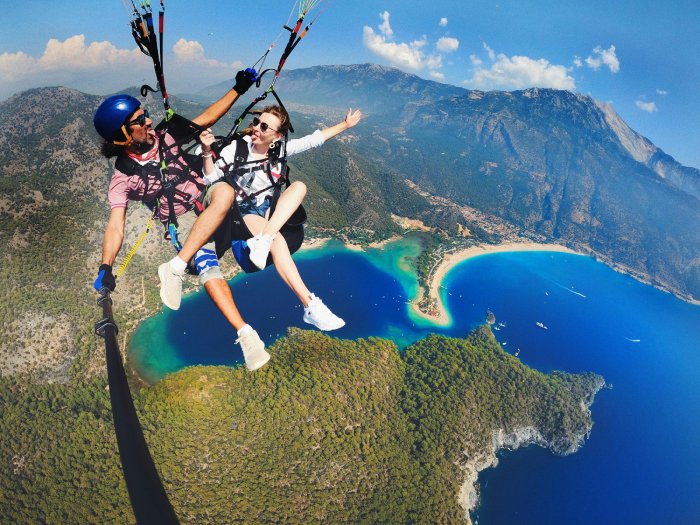Article Highlights:
- Common health risks for international business travelers and how to prevent them.
- Region-specific illnesses, from respiratory infections to mosquito-borne diseases.
- Key vaccinations and hygiene practices for safe and productive business trips.
- The impact of climate, sanitation, and food safety on traveler health.
- Essential travel tips to minimize health risks and ensure a smooth journey.
International business travel offers exciting opportunities but also presents significant health risks. Frequent travelers often encounter various illnesses and injuries due to changes in climate, exposure to unfamiliar pathogens, and long hours of transit. Factors such as inadequate sanitation, food and water contamination, mosquito-borne diseases, and stress-related conditions can all impact a traveler’s well-being. Understanding these risks and taking appropriate precautions can help mitigate potential health challenges and ensure a productive and safe trip.
Different destinations pose unique health threats, requiring travelers to be aware of region-specific concerns. While some illnesses, such as respiratory infections, food allergies, and travel-related diarrhea, are common worldwide, others, like malaria, typhoid fever, and dengue fever, are more prevalent in tropical and subtropical regions. Conditions such as heat exhaustion and heat stroke are more likely to occur in arid climates, whereas waterborne diseases remain a concern in areas with poor sanitation. Business travelers can significantly reduce their health risks and focus on their professional responsibilities with peace of mind by planning, getting necessary vaccinations, and maintaining good hygiene practices.
Globally Prevalent Illnesses
1. Respiratory Infections: Respiratory infections, including the common cold, flu, and bronchitis, are among the most frequent ailments affecting international travelers. These infections spread through airborne droplets when an infected person coughs, sneezes, or through contact with contaminated surfaces. Symptoms may include cough, sore throat, nasal congestion, fever, and fatigue. Crowded environments such as airports, airplanes, and conference rooms increase the risk of transmission. Respiratory infections are present worldwide, but the risk can be higher in regions with poor air quality or during flu season.
Business travelers can minimize risk by practicing good hygiene, such as frequent handwashing and using hand sanitizers. Wearing a mask in high-risk areas, staying hydrated, and boosting immunity with adequate rest and nutrition can help. Over-the-counter medications like decongestants and pain relievers may provide relief if symptoms develop. Severe cases may require medical consultation, especially if symptoms persist or worsen.
2. Gastroenteritis: Gastroenteritis, commonly caused by viral or bacterial infections, leads to inflammation of the stomach and intestines. Symptoms include nausea, vomiting, diarrhea, abdominal cramps, and fever. This condition is often contracted through contaminated food or water, making travelers particularly susceptible in regions with inadequate sanitation. Gastroenteritis is widespread, but developing countries, where food handling standards may be lower, pose a higher risk.
Business travelers can prevent gastroenteritis by consuming bottled or purified water, avoiding raw or undercooked foods, and practicing proper hand hygiene. If infected, staying hydrated with electrolyte solutions and resting are key to recovery. Over-the-counter medications such as loperamide can help manage diarrhea, while probiotics may aid gut recovery. If symptoms are severe or persist beyond a few days, medical attention is advised.
3. Travel-related Diarrhea: Travelers’ diarrhea is a common condition caused by consuming contaminated food or water. It is typically triggered by Escherichia coli, Salmonella, or Campylobacter bacteria. Symptoms include frequent, watery stools, abdominal pain, nausea, and sometimes fever. This condition is most prevalent in regions with inadequate sanitation, particularly in parts of Asia, Africa, Latin America, and the Middle East.
Business travelers should opt for bottled or purified water, avoid ice in drinks, and consume fully cooked foods to prevent travel-related diarrhea. If affected, staying hydrated is essential. Oral rehydration salts (ORS) can prevent dehydration; over-the-counter antidiarrheal medications may relieve symptoms. Severe cases, especially those involving fever or bloody stools, require medical attention to rule out serious infections.
4. Jet Lag: Jet lag is a temporary sleep disorder caused by rapid travel across multiple time zones, disrupting the body’s internal clock. Symptoms include fatigue, difficulty sleeping, irritability, digestive issues, and impaired concentration. Jet lag is common among international business travelers, especially those crossing more than three time zones.
To minimize jet lag, travelers should gradually adjust their sleep schedule before departure and stay hydrated during flights. Exposure to natural light upon arrival helps regulate the body’s internal clock. Short naps and melatonin supplements may assist in sleep adjustments. Avoiding caffeine and alcohol during travel can also aid in adapting to a new time zone more efficiently.
5. Deep Vein Thrombosis (DVT): Deep Vein Thrombosis (DVT) occurs when blood clots form in deep veins, typically in the legs, due to prolonged inactivity. Symptoms include leg pain, swelling, redness, and tenderness. Long-haul flights and extended periods of sitting increase the risk of DVT. This condition can be dangerous if a clot dislodges and travels to the lungs, causing a pulmonary embolism.
Business travelers can reduce the risk of DVT by staying active during flights, stretching their legs, and wearing compression stockings. Staying hydrated and avoiding alcohol and caffeine also help prevent clot formation. If symptoms arise, seeking immediate medical attention is crucial. In high-risk cases, doctors may prescribe anticoagulants before travel.
6. Stress-related Disorders: Frequent travel, tight schedules, and high work demands can lead to stress-related disorders, including anxiety and burnout. Symptoms may include headaches, irritability, difficulty concentrating, and sleep disturbances. Stress can weaken the immune system, increasing susceptibility to illnesses.
Managing stress effectively involves prioritizing rest, maintaining a balanced diet, and engaging in relaxation techniques such as meditation or deep breathing. Regular exercise and maintaining a work-life balance can also mitigate stress. Business travelers should schedule downtime and avoid excessive caffeine and alcohol consumption to maintain mental well-being.
7. Cardiovascular Issues: Cardiovascular problems, including hypertension, heart attacks, and arrhythmias, can be exacerbated by travel stress, long flights, and changes in diet. Business travelers with pre-existing heart conditions are at greater risk. Symptoms of cardiovascular distress include chest pain, shortness of breath, dizziness, and irregular heartbeat.
To reduce risk, travelers should adhere to prescribed medications, stay active, and manage stress effectively. Avoiding excessive salt and alcohol intake, maintaining hydration, and taking breaks during long flights can help. In case of symptoms, immediate medical assistance should be sought. Carrying emergency medication, such as aspirin or nitroglycerin, may be advisable for those with known heart conditions.
8. Food Allergies: Food allergies occur when the immune system mistakenly identifies a harmless food protein as a threat, triggering an allergic reaction. Common food allergens include peanuts, tree nuts, shellfish, dairy, eggs, wheat, soy, and fish. Symptoms can range from mild to severe and may include hives, swelling, nausea, vomiting, abdominal pain, difficulty breathing, and, in extreme cases, anaphylaxis, a life-threatening reaction requiring immediate medical attention. Food allergies are universally present, but the risk level may vary depending on regional dietary habits and labeling regulations. Cross-contamination in food preparation is a significant concern, especially in countries where allergen awareness and regulations differ from Western standards.
International business travelers with food allergies can take several precautions to minimize risk. Carrying an allergy translation card in the local language ensures clear communication about dietary restrictions when dining out. Travelers should research local cuisine in advance, identify safe food options, and choose restaurants that accommodate dietary needs. Packing allergy-friendly snacks can provide a reliable alternative when safe meals are unavailable. Additionally, bringing antihistamines and, if prescribed, an epinephrine auto-injector (EpiPen) is essential for emergency preparedness. Consulting a doctor before travel to discuss necessary precautions and available medical facilities can enhance safety and peace of mind.
9. Conjunctivitis (Pink Eye): Conjunctivitis, commonly known as pink eye, is an inflammation of the conjunctiva, the thin, transparent layer covering the white part of the eye and the inner eyelids. Viral or bacterial infections, allergies, or irritants like smoke or dust can cause it. Symptoms include redness, itching, swelling, excessive tearing, and a sticky discharge that can cause the eyelids to stick together, particularly in bacterial cases. Viral conjunctivitis is highly contagious and can spread through contact with infected surfaces or respiratory droplets, making it common in crowded environments such as airports, hotels, and business meetings.
Conjunctivitis is universally present and can occur anywhere in the world, though the risk may be higher in places with poor hygiene or high pollution levels. International business travelers can reduce risk by frequently washing their hands, avoiding touching their eyes, and using personal items such as towels and pillows. If symptoms develop, artificial tears and cold compresses can help relieve irritation. Bacterial conjunctivitis may require antibiotic eye drops, which should be obtained through a local pharmacy or medical provider. Travelers should avoid wearing contact lenses during infection and seek medical attention if symptoms persist or worsen.
Illnesses in Tropical and Subtropical Regions
10. Malaria: Malaria is a life-threatening disease caused by Plasmodium parasites, which are transmitted through the bite of infected female Anopheles mosquitoes. Symptoms of malaria typically appear within 10-15 days after the mosquito bite and include fever, chills, sweating, muscle aches, nausea, vomiting, and severe fatigue. In severe cases, malaria can lead to organ failure, coma, or death. The disease is most prevalent in tropical and subtropical regions, including parts of Africa, South Asia, and South America, where warm, humid climates favor mosquito breeding.
International business travelers can reduce their risk of contracting malaria by taking several precautions. The most effective preventive measure is the use of antimalarial medications, which should be started before travel and continued after leaving high-risk areas. Travelers should also use insect repellents containing DEET or picaridin, wear long-sleeved clothing, and sleep under insecticide-treated bed nets to avoid mosquito bites. Staying in air-conditioned accommodations and avoiding outdoor activities at dusk and dawn, when mosquitoes are most active, can further reduce exposure. In case of symptoms, seeking immediate medical attention is crucial, as early diagnosis and treatment significantly improve recovery outcomes.
11. Hepatitis A and B: Hepatitis A and B are viral infections that affect the liver, though they differ in their transmission and long-term effects. Hepatitis A usually spreads through ingesting contaminated food or water and is common in areas with poor sanitation, particularly in parts of Africa, Asia, and Latin America. Symptoms include fever, fatigue, nausea, abdominal pain, jaundice, and loss of appetite. Unlike Hepatitis B, Hepatitis A does not cause chronic liver disease, and most individuals recover fully with rest and supportive care.
Hepatitis B, on the other hand, is transmitted through contact with infected bodily fluids, such as blood, semen, or saliva. It is prevalent in parts of Asia, Africa, and Eastern Europe. Symptoms are similar to those of Hepatitis A but can also lead to chronic liver disease, cirrhosis, or liver cancer if untreated. International business travelers can protect themselves by getting vaccinated for Hepatitis A and B before travel. Practicing good hygiene, avoiding unclean food and water, and protecting during intimate contact can also help reduce the risk. In case of exposure, seeking immediate medical attention is necessary to assess the need for post-exposure prophylaxis.
12. Zika Virus: Zika virus is a mosquito-borne illness primarily transmitted through the bite of infected Aedes mosquitoes. It is most commonly found in tropical and subtropical regions, particularly in parts of South America, Central America, the Caribbean, and Southeast Asia. While many infected individuals experience mild or no symptoms, common signs include fever, rash, conjunctivitis (red eyes), muscle pain, and headaches. Pregnant women face the most significant risk, as Zika infection during pregnancy can lead to severe congenital disabilities, including microcephaly in newborns.
For international business travelers, preventing mosquito bites is the best way to avoid the Zika virus. Using insect repellent containing DEET or picaridin, wearing long-sleeved clothing, and staying in air-conditioned or well-screened accommodations can help minimize exposure. Travelers should also be cautious about sexual transmission, as the virus can spread through bodily fluids. Rest, hydration, and over-the-counter pain relievers can help alleviate discomfort if symptoms develop. Pregnant travelers or those planning pregnancy should consult a healthcare provider before visiting Zika-affected areas.
13. Dengue Fever: Dengue fever is a mosquito-borne viral infection transmitted by Aedes mosquitoes, primarily found in tropical and subtropical regions, including parts of Asia, Africa, Central and South America, and the Caribbean. The illness is caused by four different strains of the dengue virus, meaning a person can be infected multiple times. Symptoms typically develop within 4-10 days after being bitten and include high fever, severe headaches, joint and muscle pain, rash, and pain behind the eyes. In severe cases, dengue fever can progress to dengue hemorrhagic fever or dengue shock syndrome, which can be life-threatening due to internal bleeding, organ failure, and severe dehydration.
International business travelers can minimize their risk of contracting dengue fever by taking preventive measures against mosquito bites. Using insect repellents containing DEET or picaridin, wearing protective clothing, and staying in accommodations with air conditioning or screened windows can help reduce exposure. Travelers should also avoid areas with stagnant water, where mosquitoes breed. There is no specific antiviral treatment for dengue, so symptom relief is focused on hydration, rest, acetaminophen for pain and fever, and avoiding nonsteroidal anti-inflammatory drugs (NSAIDs) like ibuprofen or aspirin, which can increase bleeding risk. Seeking immediate medical attention is crucial if symptoms worsen, especially if signs of severe dengue appear, such as persistent vomiting, bleeding, or difficulty breathing.
14. Typhoid Fever: Typhoid fever is a bacterial infection caused by Salmonella Typhi, primarily spread through contaminated food and water. It affects the digestive system and can lead to systemic illness if untreated. Symptoms typically include prolonged high fever, weakness, stomach pain, loss of appetite, headache, and constipation or diarrhea. In severe cases, complications like intestinal perforation or septicemia can occur. The disease is more prevalent in regions with poor sanitation and limited access to clean drinking water, such as parts of South Asia, Africa, and Latin America. While typhoid fever is not universally present, it poses a significant risk in developing countries where water sources and food handling practices may not meet hygiene standards.
For international business travelers, preventing typhoid fever is crucial, especially when visiting high-risk areas. Vaccination is recommended before travel, with options including oral or injectable vaccines. Maintaining strict hygiene practices, such as drinking only bottled or purified water, avoiding raw or undercooked foods, and practicing frequent handwashing can reduce the risk of infection. If symptoms appear, immediate medical attention is necessary. Antibiotic treatment, such as azithromycin or ciprofloxacin, effectively reduces the severity and duration of the illness. Travelers should also carry rehydration salts to manage dehydration and ensure access to reputable healthcare facilities in case of severe symptoms.
15. Chikungunya: Chikungunya is a viral disease transmitted to humans through the bite of infected Aedes mosquitoes, the same mosquitoes responsible for spreading dengue and Zika viruses. Sudden onset of fever, severe joint pain, muscle aches, rash, and headache characterize the disease. Joint pain can sometimes persist for weeks or even months, leading to prolonged discomfort. While chikungunya is rarely fatal, it can cause significant physical distress and impact daily activities.
Chikungunya outbreaks have been reported in Africa, Asia, the Caribbean, and parts of South and Central America. International business travelers can minimize risk by using insect repellents, wearing long-sleeved clothing, and staying in air-conditioned or well-screened accommodations. Since no specific antiviral treatment or vaccine exists for chikungunya, symptom management includes rest, hydration, and pain relief using acetaminophen or paracetamol. Travelers experiencing symptoms should seek medical evaluation, especially in regions where multiple mosquito-borne diseases are prevalent.
16. Waterborne Diseases: Waterborne diseases are infections caused by consuming or coming into contact with contaminated water. These diseases are typically caused by bacteria, viruses, or parasites, with common examples including cholera, typhoid fever, dysentery, and giardiasis. Symptoms vary but often include diarrhea, nausea, vomiting, abdominal cramps, and dehydration. In severe cases, waterborne diseases can lead to organ failure and death, especially in regions with poor healthcare access. These illnesses are most prevalent in areas with inadequate sanitation and unclean drinking water, such as parts of Africa, South Asia, and Latin America.
International business travelers can reduce their risk of contracting waterborne diseases by drinking bottled or purified water, avoiding ice and raw foods washed with tap water, and maintaining proper hygiene. Water purification tablets or portable water filters can provide additional safety in areas with uncertain water quality. Vaccinations, such as those for cholera and typhoid fever, are recommended for travelers visiting high-risk regions. If symptoms occur, seeking medical attention is crucial, as severe dehydration may require intravenous fluids and other treatments to prevent complications.
17. Rabies: Rabies is a viral disease that affects the central nervous system and is almost always fatal once symptoms appear. It is transmitted through the saliva of infected animals, primarily through bites or scratches. Common carriers include dogs, bats, raccoons, foxes, and other wild animals. Early symptoms of rabies include fever, headache, and general discomfort, followed by neurological symptoms such as agitation, hallucinations, paralysis, and hydrophobia (fear of water). Once clinical symptoms develop, rabies is nearly always fatal, making prompt post-exposure prophylaxis (PEP) crucial.
Rabies is found worldwide but is more prevalent in regions with large populations of unvaccinated animals, such as parts of Africa, Asia, and Latin America. International business travelers can reduce their risk by avoiding contact with stray or wild animals and ensuring they receive a rabies pre-exposure vaccine if traveling to high-risk areas. If bitten or scratched, immediate wound cleaning with soap and water and seeking medical attention for post-exposure prophylaxis is essential. Travelers should also identify nearby medical facilities before their trip to ensure access to rabies vaccines if needed.
Illness in Hot and Arid Regions
18. Heat Exhaustion and Heat Stroke: Heat exhaustion and heat stroke are heat-related illnesses that occur when the body cannot regulate its temperature due to prolonged exposure to high temperatures and dehydration. Heat exhaustion is a milder condition with excessive sweating, dizziness, weakness, headache, nausea, and rapid pulse. If untreated, heat exhaustion can progress to heat stroke, a life-threatening emergency where the body’s cooling mechanisms fail, causing body temperature to rise above 104°F (40°C). Heat stroke symptoms include confusion, loss of consciousness, rapid heartbeat, and hot, dry skin, and it requires immediate medical intervention.
Heat exhaustion and heat stroke are common in hot, humid regions, including parts of the Middle East, South Asia, Africa, and tropical climates. International business travelers can reduce risk by staying hydrated, wearing light and breathable clothing, and avoiding strenuous activity during peak heat hours. Seeking shade or air-conditioned environments and cooling measures like cold packs or wet towels can help regulate body temperature. In cases of heat exhaustion, resting in a cool area and drinking electrolyte-replenishing fluids can aid recovery. If symptoms of heat stroke appear, immediate medical attention is crucial to prevent organ damage or fatal complications.
Illnesses in Developing and Low-Sanitation Regions
19. Skin Infections: Skin infections, such as fungal infections, cellulitis, and insect-borne diseases, are common among travelers, particularly in humid climates. Symptoms vary but may include redness, swelling, itching, or pain in affected areas. Open wounds, poor hygiene, and exposure to contaminated water increase the risk.
To prevent skin infections, travelers should keep skin clean and dry, use insect repellent in areas with high mosquito activity, and wear protective clothing. Antiseptic creams and over-the-counter antifungal medications can treat mild infections, but severe cases require medical intervention. Avoiding walking barefoot in unfamiliar environments also reduces the risk of parasitic infections.
The Global Rescue Connection
International business travelers should take precautions based on their destinations, including vaccinations, proper hygiene, and preventive measures such as mosquito repellents, hydration, and access to emergency medical care. Understanding the health risks of specific regions ensures better preparedness and a safer travel experience. As international business travel expands and virtual meetings become less common, professionals are exploring a broader range of global destinations. Successfully managing the common illnesses international business travelers face in different regions, however, requires careful planning and preparation.
Business professionals must familiarize themselves with essential information about their destinations to ensure smooth and efficient travel. A valuable resource for this is the Global Rescue Destination Report, which offers detailed insights into more than 200 countries and territories. These reports cover crucial aspects such as cultural expectations, religious customs, and legal requirements, helping travelers avoid potential challenges.
Global Rescue, a trusted travel safety and risk management leader, provides extensive pre-travel guidance and top-tier medical and emergency evacuation services. These reports help travelers better understand their destination before departure, while their on-the-ground support ensures immediate assistance when needed. Whether traveling to high-risk areas or staying informed about location-specific concerns, Global Rescue equips business travelers with the knowledge and security necessary for a safer and more productive journey.
